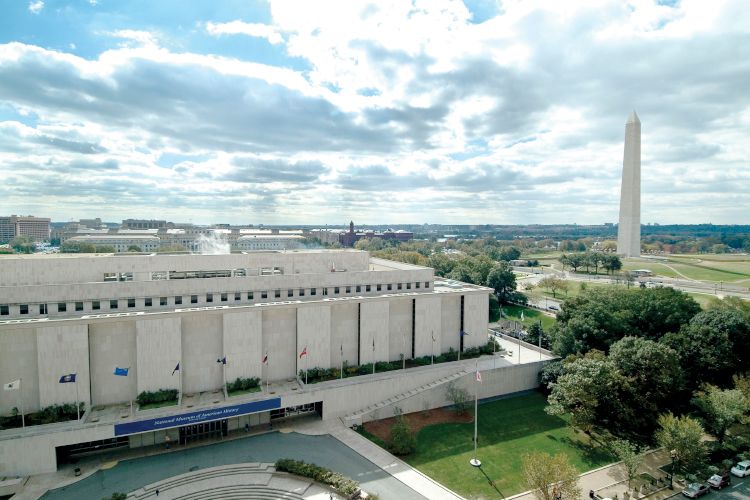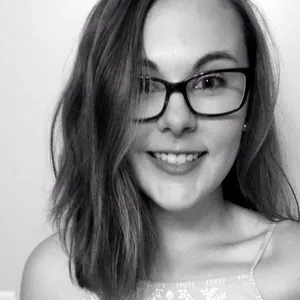YOUR IMPACT | YOUR SMITHSONIAN
Making History Together—Building a Latino Gallery for the Nation
The Smithsonian Latino Center’s first gallery, the Molina Family Latino Gallery, will open at the National Museum of American History in 2021 to showcase the Latino Experience in the United States and connect the community’s rich past with its dynamic present.
:focal(236x331:237x332)/https://tf-cmsv2-smithsonianmag-media.s3.amazonaws.com/blogging/featured/kid_with_kite_4x6.jpg)
The Smithsonian Latino Center’s first gallery, the Molina Family Latino Gallery, will open at the National Museum of American History in 2021 to showcase the Latino Experience in the United States and connect the community’s rich past with its dynamic present.
Five Molina siblings came together to honor their father C. David Molina, M.D., with a lead gift of $10 million, launching the center’s $24 million campaign for the gallery. Molina was a health-care leader in Calif. who established the Fortune 500 company Molina Healthcare, Inc. The Smithsonian named the new space the Molina Family Latino Gallery in recognition of the family’s generosity. Target, the first corporate founding donor, contributed $2 million.
The Smithsonian Latino Center has celebrated the contributions of the Latino community for more than two decades through exhibitions, scholarship and programs throughout the Smithsonian. Here is a sneak peek at what will become a foundational space for understanding the full American experience.
Latinos have been part of U.S. history, even before there was a United States. The Spanish settled Puerto Rico in 1508; St. Augustine, Fla., was founded in 1565. New Mexico was settled not from the east, but from the south by conquering armies of Spanish and Indigenous people coming from Central Mexico.
The new Molina Family Latino Gallery will explore this holistic view of how Latino history is anchored in U.S. history and roll out a series of multidisciplinary exhibitions with artifacts, art and scientific collections. The gallery will become a place for visitors to ask questions and engage in inter-generational and cross- cultural conversations to find common ground and shared experiences not bound by nationality. They will be able to explore more and add their own stories through digital media.
The debut exhibition Making Home: Latino Stories of Community and Belonging will examine the historical roots of Latino culture as it shaped North America and reconsider the colonization of this continent. Presenting a framework for understanding immigration today and in the last century, the exhibition will address the legacies of the Texas Revolution, the Mexican-American and the Spanish-American Wars.
Making Home will close with a section on belonging that focuses on how diverse groups joined under the umbrella of Latino, highlighting people who have been active creating community and serving the nation.
Woodaman is the exhibitions and public program director of the Smithsonian Latino Center.

A LEGACY OF SERVICE
C. David Molina, M.D., raised his children to value education, family and giving back to the community. An emergency room doctor, he lived his philosophy, building building Molina Healthcare and its primary-care clinics that serve low-income patients, regardless of their ability to pay.
His children have followed his legacy by giving the lead gift for the establishment of the Smithsonian Latino Center’s first gallery on the National Mall. The Molina Family Latino Gallery at the National Museum of American History will be dedicated to the heritage, culture and accomplishments of Latinos in the United States. The gift also helps fund the Dr. C. David Molina Visiting Curator, who will oversee the gallery’s exhibitions.
“Visitors will see the rich tapestry of the Latino community and its history,” said John C. Molina.
Martha Molina Bernadett added “my father’s passion for helping others and entrepreneurial spirit helped build a legacy that we are all proud to contribute to today.” The family includes Faustino and Martha Bernadett, John C. Molina, Josephine Molina and Heather Rudy, Therese and Joseph Mario Molina, Janet Molina Watt and Laurence Watt.
Everything you read about in IMPACT is made possible in part thanks to support from lifelong learners like you. Donate today and power Smithsonian's mission to create and share knowledge with everyone, everywhere.
Want more stories about how the Smithsonian impacts your world? Join our community of curious, passionate knowledge-seekers from across the globe.


